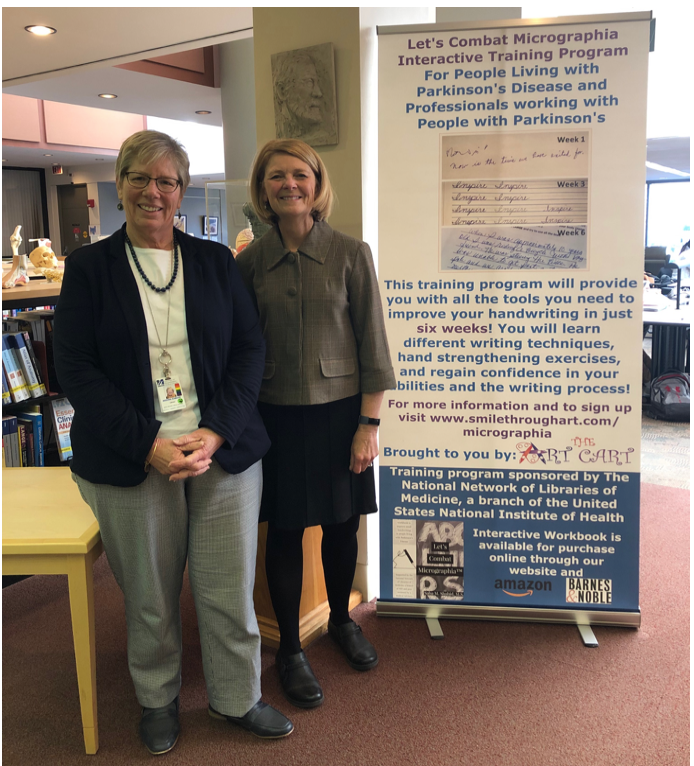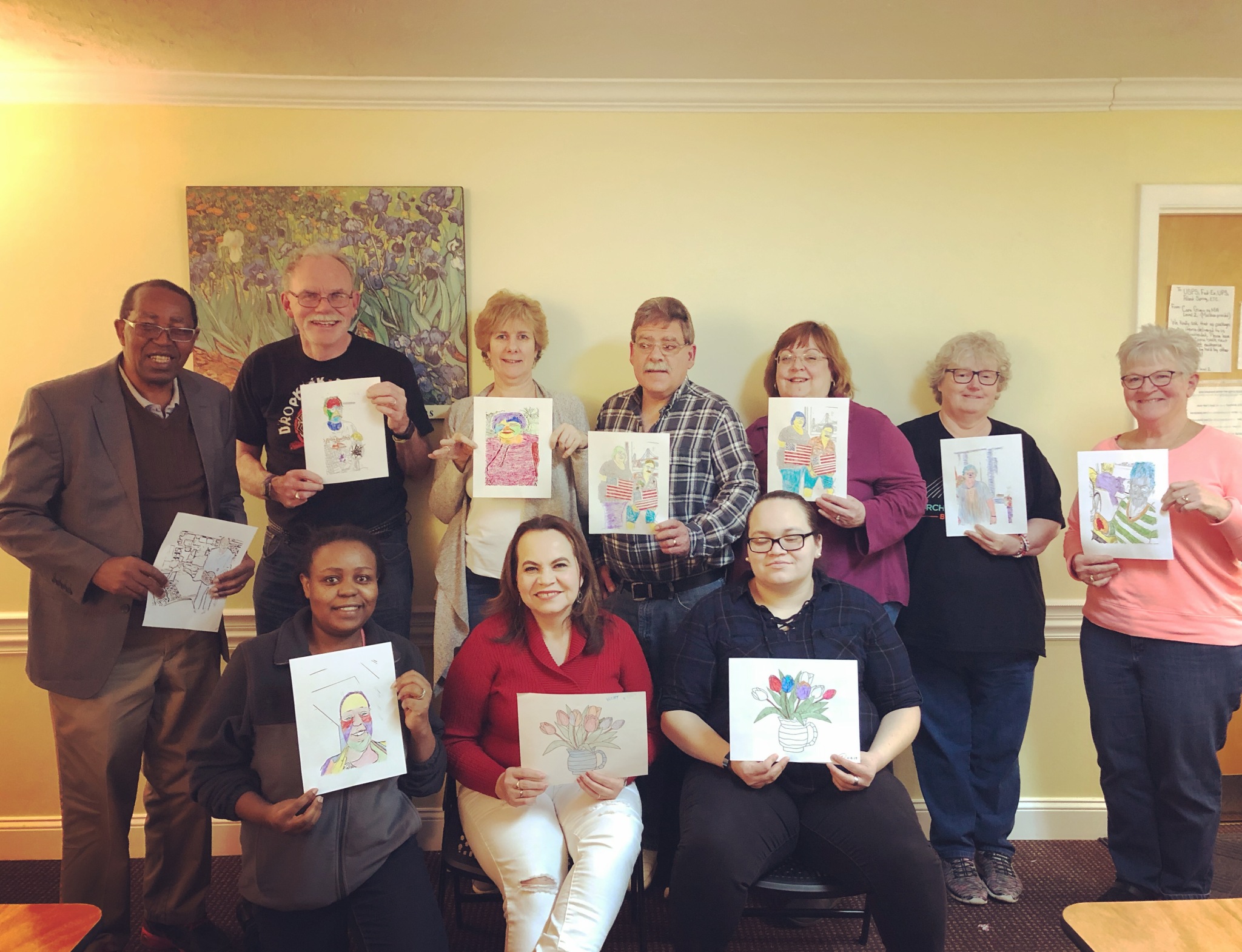
Creativity and COVID-19
February 7, 2021. Written by Saba Shahid, M.S Chief Smiling Officer of The Art Cart
Stuck indoors, isolated from others, unsure of what the world will bring tomorrow? Research suggests that engaging in art has many benefits to the human race regardless of what medical conditions you may or may not be living with. Creative expression allows our brain to awaken, focus, and create without limitations. Art allows our brain to be free, relieve stress, and slow cognitive decline.
Now more than ever, we must promote POSITIVE MENTAL HEALTH!
Living in the midst of a pandemic, social activities are non-existent for majority of the population. This situation is extremely difficult to overcome for those living with a medical condition where depression is a symptom. Now more than ever promoting positive mental health is much needed. Depression brings isolation and unfortunately a pandemic puts a greater emphasis on isolation. Depression and anxiety are common symptoms found in Parkinson’s disease. Research shows that at least 50% of those diagnosed with Parkinson’s disease will experience some form of depression during their illness. 40% will experience an anxiety disorder.
Release the DOPAMINE
Dopamine is a neurotransmitter that is associated with the reward center in your brain. Dopamine is a feel good neurotransmitter that is found to be deficient in those living with Parkinson’s disease. Dopamine provides feelings of enjoyment to help you start or continue doing certain activities.
How can art help you release dopamine while living in a pandemic? When you finish something that YOU created, you smile and feel accomplished. These feelings cause an increased release of feel good neurotransmitters, such as dopamine. You start feeling better and your mood is elevated! During our Smile Through Art® Workshops, 95% of the participants that join our sessions have reported that prior to starting their art activity they were content or sad but after completing their masterpiece they were happy and felt more positive about themselves!
Art is MEDICINE
Art Promotes Relaxation. Art allows you to function as a whole being. As you start painting or making any form of art, the parasympathetic system of the brain kicks in and causes your heart rate, blood pressure, and respiratory rates to decrease. You feel relaxed and the colors you work with help you enter a state of colorful bliss. Studies have also shown that the use of color impacts calmness, comfort, warmth, and serenity.1
The process of creating does not require skill or talent. You do not need to be Picasso to create. This is a common misconception that prevents people from getting involved in the creative process. EVERYONE has the ability to create! Many of our participants in the Smile Through Art® Workshops are living with neurological condition and are first time artists or artists that have not created in years. There is an artist that is inside each one of us.
In our Smile Through Art® workshops, we have witnessed the fundamental benefit art has brought to people living with Parkinson’s disease and the aging population. Creative activities brought a sense of accomplishment, heightened level of mood, increased focus, and community. We noticed art made people with Parkinson’s that participate in our Smile Through Art® workshops more resilient as they found an outlet while living in a pandemic, they found community in the people they participated with via the Zoom workshops, and most importantly they regained confidence through the creative process.
Find the right kind of Creativity for YOU and start Combating COVID-19!
Art Promotes Fun: Making art is FUN! This is your chance to try something new and combat the areas of your medical condition that you struggle with. Now is the time to start! Use art to fight back against COVID-19! You might be a first-time artist and that is perfectly okay! Experiment with different mediums and do not be afraid to try something new. Remember, in making art there are no mistakes.
So, try something new, have fun with it, and create your very first masterpiece!
- Adult Coloring Books: These can be found at your local Dollar store craft store or online at Amazon and are an easy way to start experimenting with colors.
- Get a Journal: Grab a piece of paper and any writing utensil and start doodling, create different shapes, and allow your mind and thoughts to come down on paper. Emerging studies show that art expression may help individuals reconnect thinking and feeling. While journaling is a great way to get in touch with your thoughts and feelings, you can get even better results if you add doodles.
- Use your Smart Phone: become a digital artist and use your smart phone to download free applications such as Colorfy or Pigment. There are various images to choose from and an array of colors to help stimulate your mind while promoting relaxation.
- Join in on a Smile Through Art Workshop: For more information on The Art Cart’s Smile Through Art® Workshops, please visit www.smilethroughart.com. Or contact us at smilethroughart@gmail.com
References:
- Hogenboom, M. (2014, April 17). Artists ‘have structurally different brains’ – BBC News. Retrieved January 27, 2016, from http://www.bbc.com/news/science-environment-26925271










